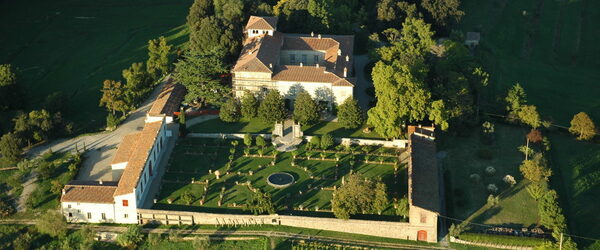
Protected Natural Area " Magia Wood"
Magia Wood is a relict island of natural vegetation set in a territory characterized by an urban area and agricultural land based on traditional crops, such as vineyards and olives, and specialized in ornamental plant and tree growing.
The protected nature area, near the town of Quarrata, covers an area of approximately 94 hectares, 54 of which public property.
Its characteristicmesophilous wood occupies an area of about 55 hectares, where you can find temporary stretches of water, a lake and a few small pools in the hollows.
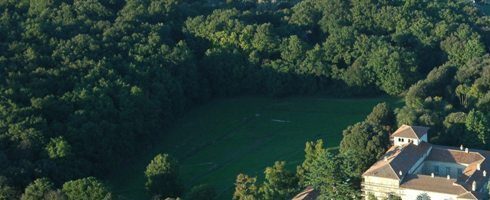
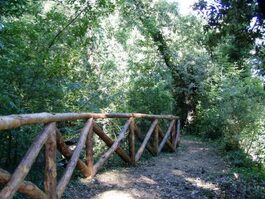
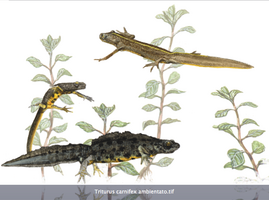
Considering its fairly small size, the wood boasts a relatively high level of structural and floristic diversification.
Although the land has been exploited over the last centuries, today the vegetation is in good condition with sectors of highly valuable mature plants and home to a high number of animal species
Several interventions have been carried out to improve the natural environment and prevent fires, such as removing Maritime Pines attacked by Maritime pine blast scale (Matsococcus feytaudi); other conservation measures are planned based on the results of studies on the flora and fauna.
The Bosco della Magia is part of Villa La Magia historical complex included in theUnesco World Heritage Site Medici Villas and Gardens.
The area is open for recreation and education purposes all year round. Please follow the the marked trails and respect the rules explained.
Flora
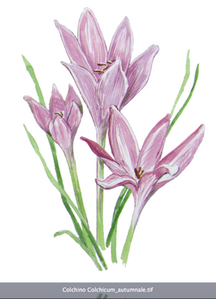
This protected natural area consists of a mosaic of vegetation with an obvious prevalence of acidophilic oak woods dominated by Turkey Oak. In several sectors of the wood, the tree is associated with both thermophilic elements, such as the Holm or Evergreen Oak together with shrubs of the Mediterranean Macchia and continental elements, such as the English Oak, Sessile Oak and Hornbeam.
Meadows and shrub stands line the edges of the woods, with mature nuclei of Holm and a hygrophilous formation dominated by Honey Locust (Gleditsia triacanthos).
The 284 species counted at census demonstrate the wealth of the floristic component, created by the different habitats and environmental conditions that have allowed a mixture of Mediterranean and Continental elements to grow together.
The woods appear well structured on account of a widespread layer of shrubs, dominated by Hawthorn, Tree Heath, Strawberry Tree and a stratumof underwood below the great oaks, where Manna or South European flowering Ash, Field Maple and Wild Service Tree grow.
From the floristic point of view, the most important presences is moss of the genus Sphagnum, linked to northern climates.
Moss arrived as far as our latitudes during the Quaternary Ice Age. These plants then “resisted” in small areas where they formed peat bogs where other “relict” plants still survive.
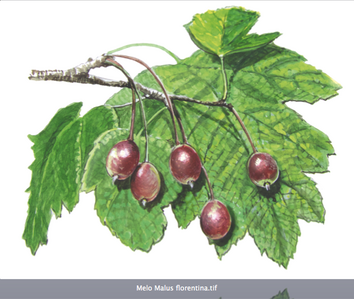
Of notable phyto-geographical interest is also the Silk Vine (Periploca graeca), a rare climbing liana from moist habitats and in Tuscany localised especially in the woodlands of coastal plains. Also worth mentioning is the Florentine Crabapple (Malus florentina), a small tree with a distinctly Mediterranean distribution but rare at the Regional level.
Fauna
The fauna comprises a rich community of invertebrates linked to forest and meadow habitats, including an important contingent of saproxylic coleopterans which benefit from the abundant necromass (dead standing and fallen trees).
The 95 species of coleopterans include some rare species protected on the community and regional level, such as the Horned Beetle (Ergates faber), Tanner (Prionus coriarus) and Stag Beetle (Lucanus cervus).
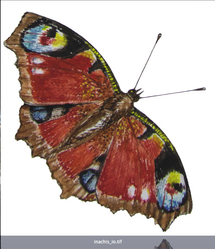
As for butterflies, 26 species have been recorded, most of which are linked to the sunny meadows and clearings in the woods where plants for caterpillars abound.
There are plenty of birds with as many as 70 species, 50 of which nesting. The forest species include 4 woodpeckers: Green woodpecker, Greater Red Woodpecker, the rare Lesser Red Woodpecker and Eurasian Wryneck.
The ornithological community is well structured, with 5 species of nesting birds of prey, two diurnal, Buzzard and Kestrel, and 3 nocturnal, Tawny Owl, Barn Owl and Little Owl.
There is also a rich contingent of herpetofauna, with 7 species of amphibians and 8 species of reptiles, thanks to the fine variety of habitats, several temporary and permanent stretches of water, woodland and ecotone habitats.
Among the mammals to be found are rodents, like rats, mice and wood mice, but also Porcupine and tree living species such as the Edible or Fat Dormouse, squirrels as well as the tiny Hazel Dormouse.
Insectivores include the European Water Rat, White-toothed, or Musk Shrew and Shrews.
The Artiodactyle are represented by the Wild Boar and carnivores Weasel, Beech Marten, Badger and Fox.
Of special interest is the chiropteran fauna (bats), which counts as many as 9 species, among which 3 are protected at the European level: the Greater and Lesser Horse Shoe Bat and Geoffroy’s Bat.
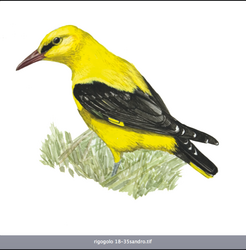
Paths of the Protected Area
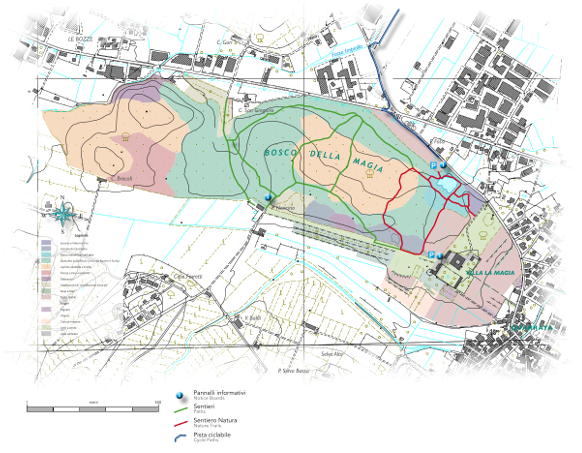
Villa La Magia
Inside the protected area you can find alsoe Villa La Magia, a wonderful Medici Villa in the heart of Tuscany, seat of the Centre for Contemporary Art "La Limonaia di Ponente".
Since June 2013 in the List of UNESCO World Heritage, "Medici Villas and Gardens in Tuscany".
How to get here
- By car: Via Vecchia Fiorentina II° branch, n. 63
- By bus: BluBus numbers 13 and 51
- By foot and bicycle: cycle path
Please observe the following rules
To protect our environment and life in the nature reserve area:
- do not leave any sort of litter
- do not light fires or throw cigarette stubs on the ground
- nauthorized motor vehicles are not allowed
- do not leave the paths
- no camping
- do not pick or damage flowers, plants or mushrooms
- do not disturb wild life
- dogs must be kept on a lead
- respect the silence of the area and keep noise levels low
For your safety:
- please be careful as you walk along the paths and wear suitable foot wear
- do not approach or shelter under trees in cases of storms, wind and snow
- do not leave children alone
- keep a watch for wild animals
Information
Centro di Ricerca, Documentazione e Promozione del Padule di Fucecchio Onlus
Tel. e fax. 0573 84540
E-mail: fucecchio@zoneumidetoscane.it
Sito web: www.paduledifucecchio.eu
Comune di Quarrata
E-mail: urp@comune.quarrata.pt.it
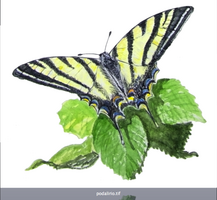
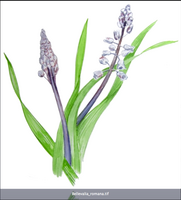
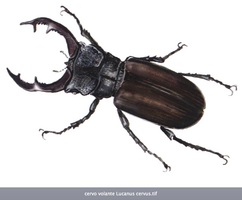
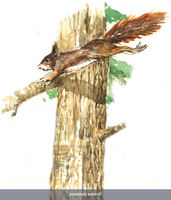
 Download the paper trails
Download the paper trails